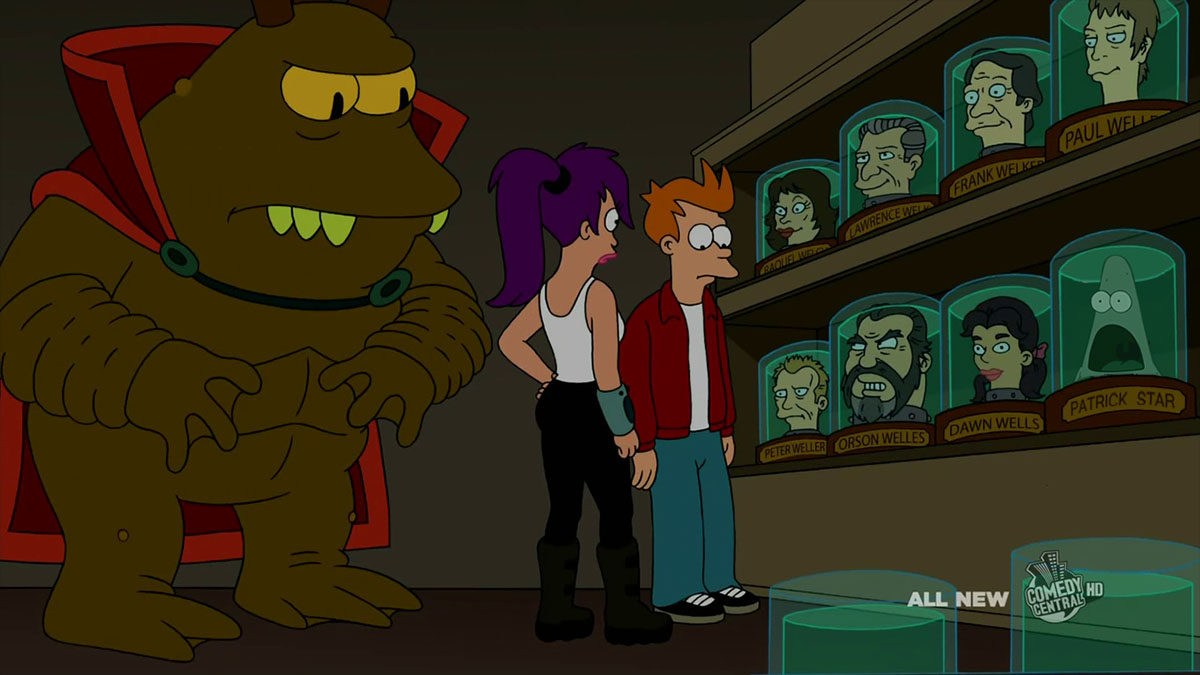why you should keep your head where it is

Italian surgeon Sergio Canavero has been planning to do something that sounds like a scene straight out of Frankenstein: transplanting a head onto a new body. He’s been trying to figure out how to do it for many years, publishing a paper detailing how he sees the procedure could work a bit over a year ago, and making his case to the medical community since then. As of a few days ago, however, his work has exploded into the mainstream because there is a public volunteer for this radical surgery, Valery Spiridonov, a Russian programmer suffering from a rare genetic condition which rendered him unable to walk and take care of himself. As he sees his options, a head transplant is the only chance he has to ever live a normal life, and there’s someone who says he will be ready to perform the procedure in two years. However, despite Canavero’s enthusiasm, much of the science he presents as settled is still not ready for prime time, and the procedure is more likely to kill the patient than give him a new body.
Basically, as the history of head transplant experiments shows, connecting a head to a brand new body is the easy part. Giving it control of this new body and avoiding rejection is the real struggle, and this is where Canavero and the majority of the medical community aren’t seeing eye to eye. Most surgeons have little doubt that Spiridonov would survive the surgery, it’s the subsequent inability to join the spinal cords and the tissue rejection that worries them. They’re not really concerned as to whether he would be able to walk or have a normal life afterwards, believing these questions to be irrelevant since they’re not sure he’ll survive more than a few days after the procedure. In fact, they’re betting that the whole idea will be dropped since the odds of Canavero actually being ready to do a head transplant in 2017 are virtually nil. And if we’d look at the broader medical context, this might never be a viable procedure anyway.
Here’s the problem. Patients already wait for years to get organ transplants. Can you imagine how long someone would have to wait for an entire donor body suitable for the operation? On top of being intact, it also has to be that of an otherwise healthy person compatible enough to reduce the risk of rejection, otherwise whatever organ failure, trauma, or illness that ended the donor’s life would kill the patient as well. We would have to be able to quickly and easily get the body into a healthy state, limiting potential donors to solely head trauma or stroke victims who are otherwise young and healthy. But as they get the body ready to receive a new head, there will be a different calculus to consider. Yes, they can give this body to a patient for a very risky experimental procedure unlikely to end well, or they could use the body for parts to give new organs and tissues to dozens of people, doing far less risky surgeries with high success rates and adding many quality years to those patients’ lives. Its a sad but clear choice.
Still, there is a reason why head transplants even came up as an idea. Some people basically need a new, well, body because nothing short of that would help them. Sadly, there is nothing medical science can do today for Spiridonov. We’re making strides towards 3D printed organs and implantable devices that can bypass damaged sections of spinal cords to allow paralyzed patients to walk again under their own power, as well as honing genetic engineering to treat a host of powerful cancers and some genetic diseases. But while there is light at the end of the proverbial tunnel for patients who could benefit from these advancements, they’re still several decades away from being new standards of care and will require countless trials and hundreds of billions of dollars from government grants and private companies to be readily available. It’s awful to say this, but for patients like Spiridonov, these potential cures will come too late and a lot of patients like him will succumb to their ailments before medical science can help.
Canavero is trying to help people and Spiridonov is trying to aid him in pioneering a hope for a normal life for those to whom nature didn’t give a fighting chance. Unfortunately, we’re still just now making a few baby steps towards the technologies they would need to be successful, and it’s our sad duty as scientific skeptics to point out that while all death is awful, some ways to die are far, far worse than others, and it would be more humane not to try head transplants. In the future, when we can rebuild bodies with advanced robotics, harmless viruses that can purge a genome of life-threatening defects, and 3D printed tissues, it may be possible for many would-be volunteers for a head transplant to end up living healthy, happy lives. But today, we are just too far away from making this a reality, and while volunteering to advance medicine should be praised, there are some cases where allowing an experiment to go forward, even when all the participants involved know the risks, would still be cruel. And that’s the bad thing about the real world. Sometimes, no matter how hard you try, you still won’t get a happy ending…





